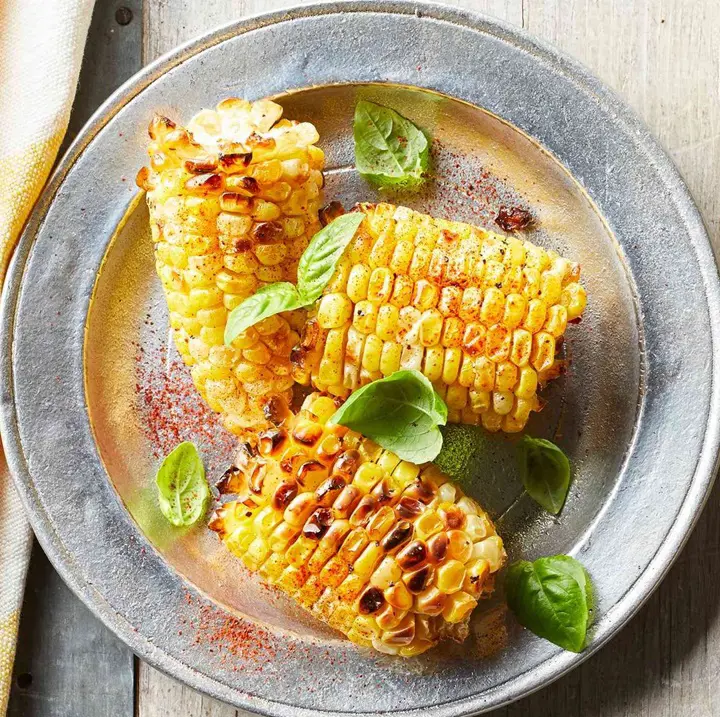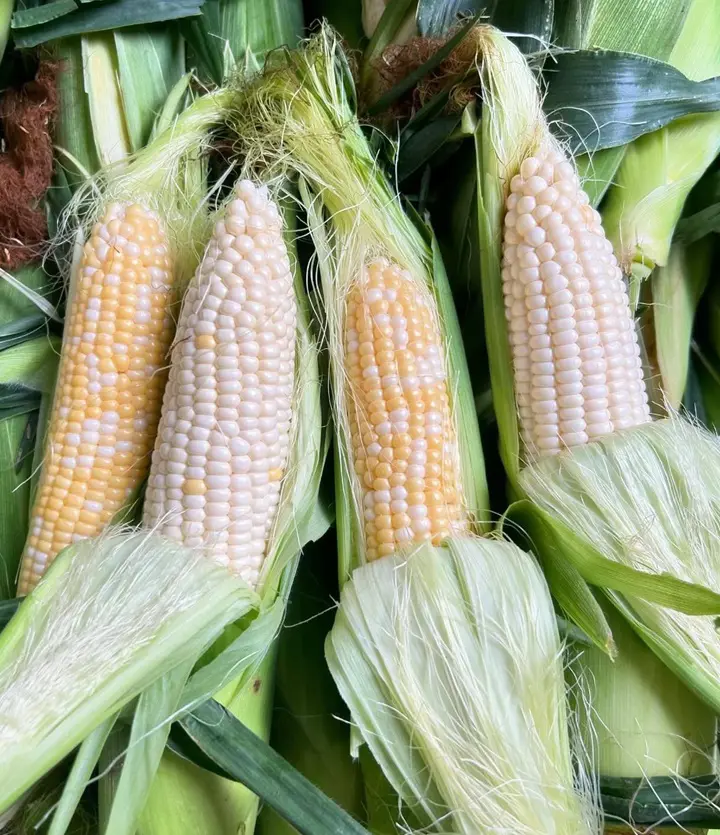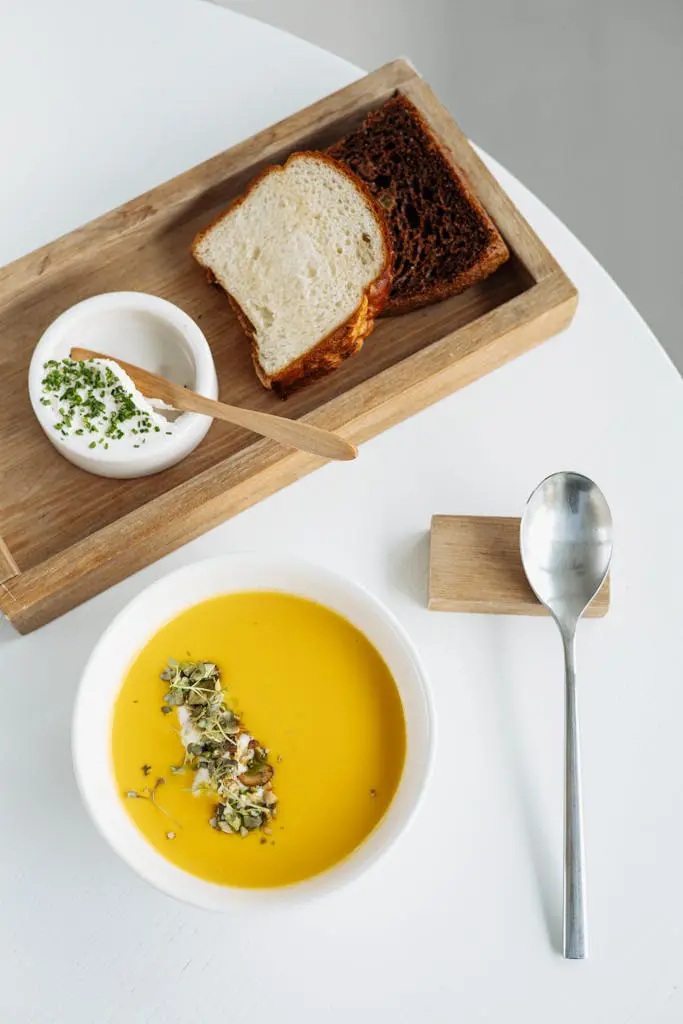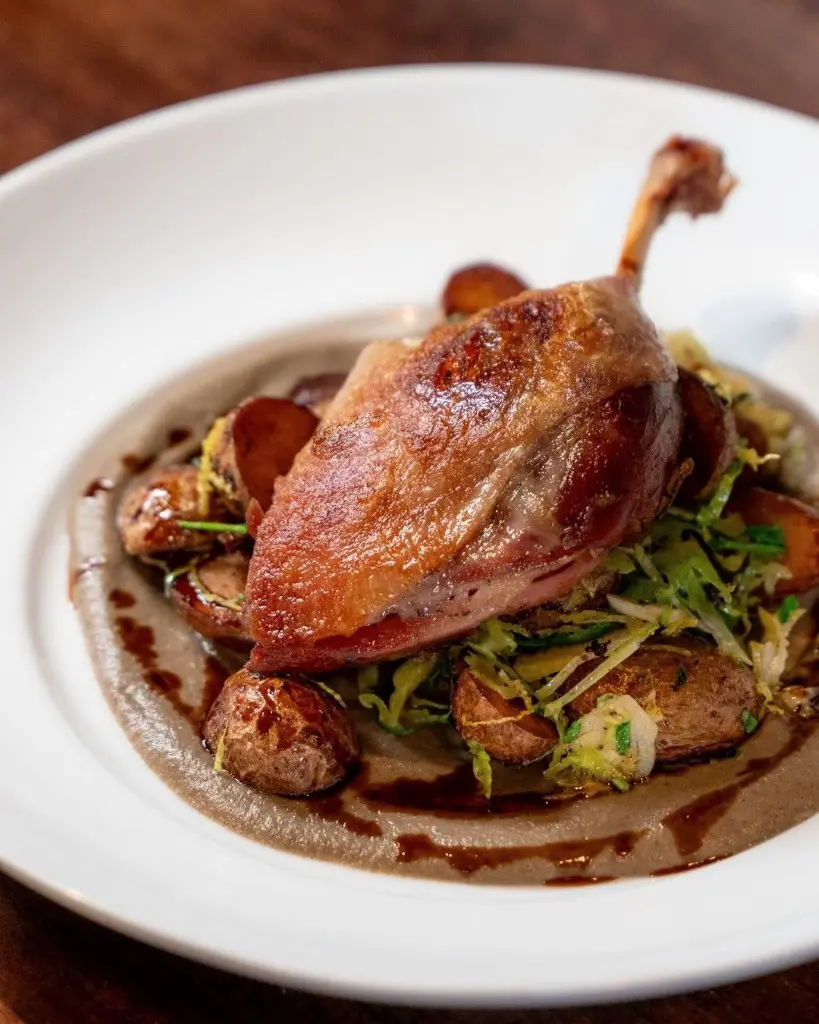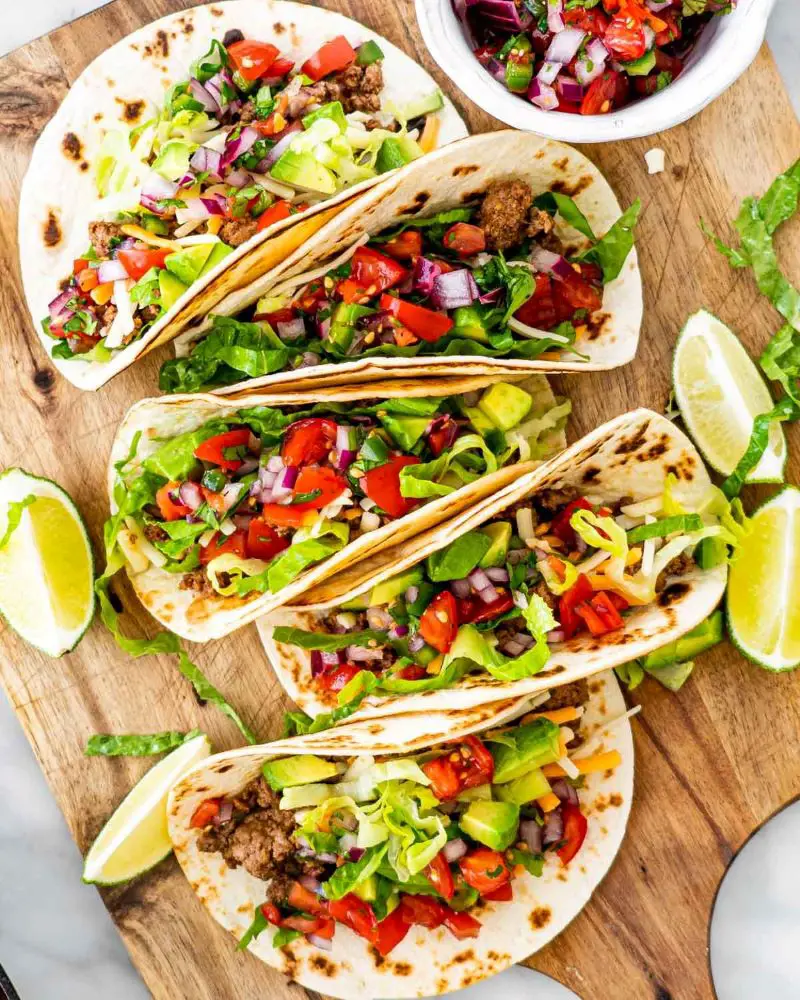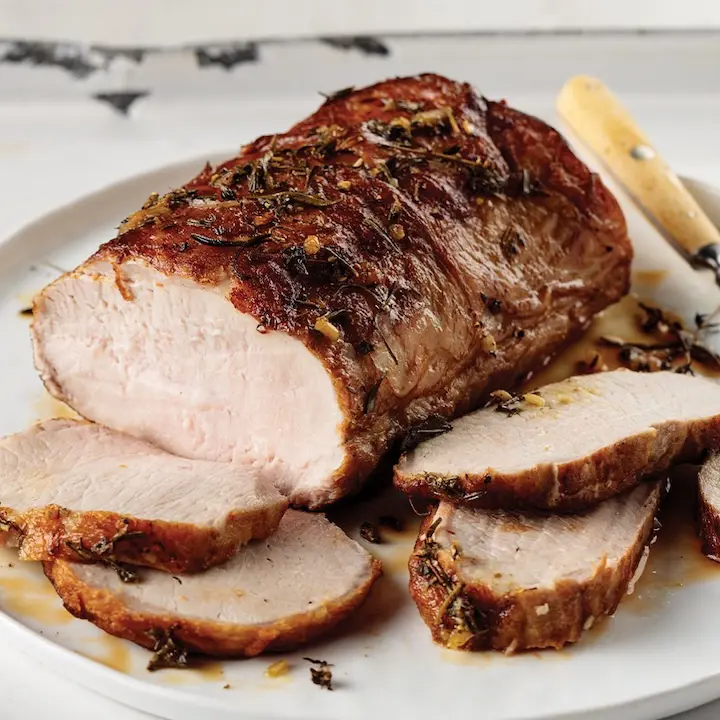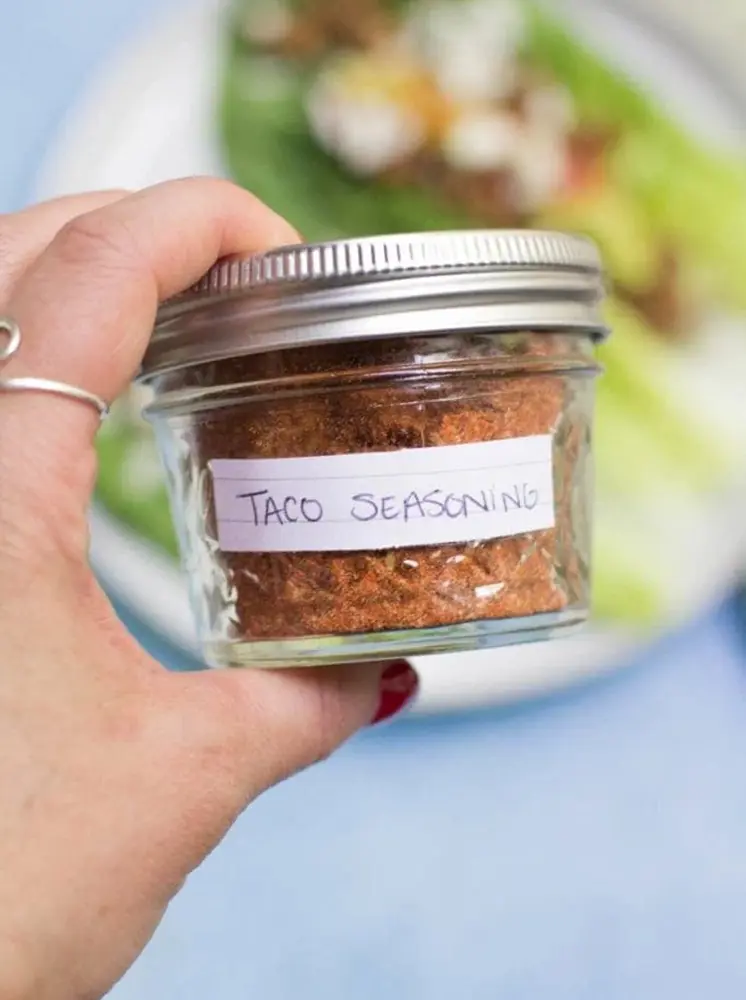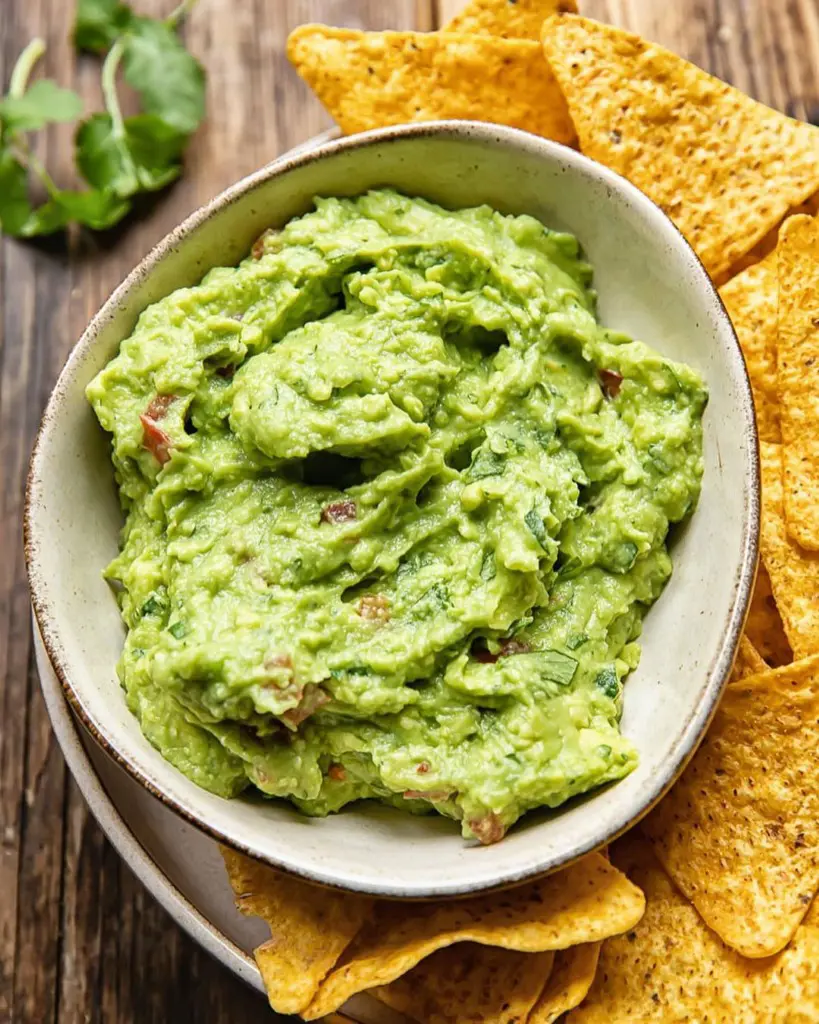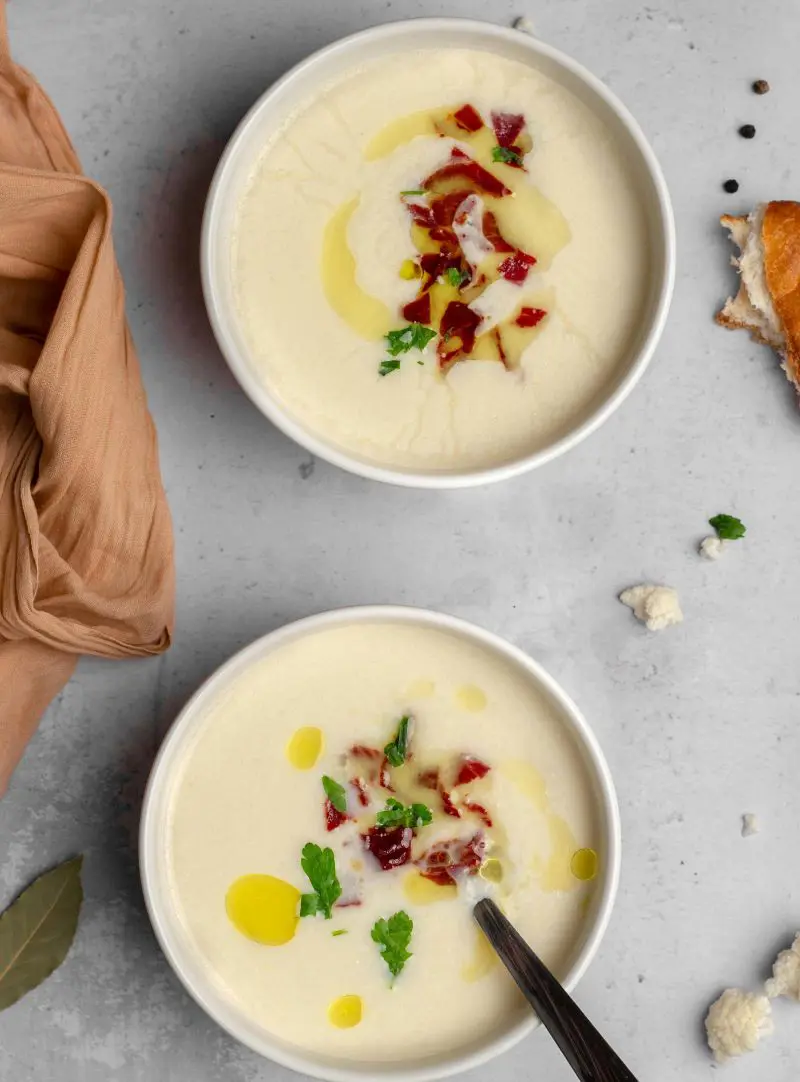Choosing the Right Corn
Choosing the right corn is essential for achieving the best flavor and texture in your dishes. Whether you're selecting corn for fresh eating, popping, or grinding, understanding the different types and their specific uses ensures you get the perfect corn for your needs.
Soft and Tender vs Hard and Starchy
Soft and Tender: For fresh eating, such as in salads or on the cob, choose corn with soft and tender kernels like "sweet corn". These are juicy, sweet, and easy to chew, making them ideal for grilling, boiling, or steaming.
They are harvested when they are immature thereby retaining all their sugars and tenderness making it suitable for immediate consumption.
Hard and Starchy: For milling into cornmeal, popping as popcorn or industrial purposes select hard and starchy kernels like dent corn or flint corn. These are firm dry and starchier thus good for products such as tortillas, grits, and popcorn.
Because of their hardness, they can be stored longer since they do not spoil fast enabling processing time spans to be compressed.
